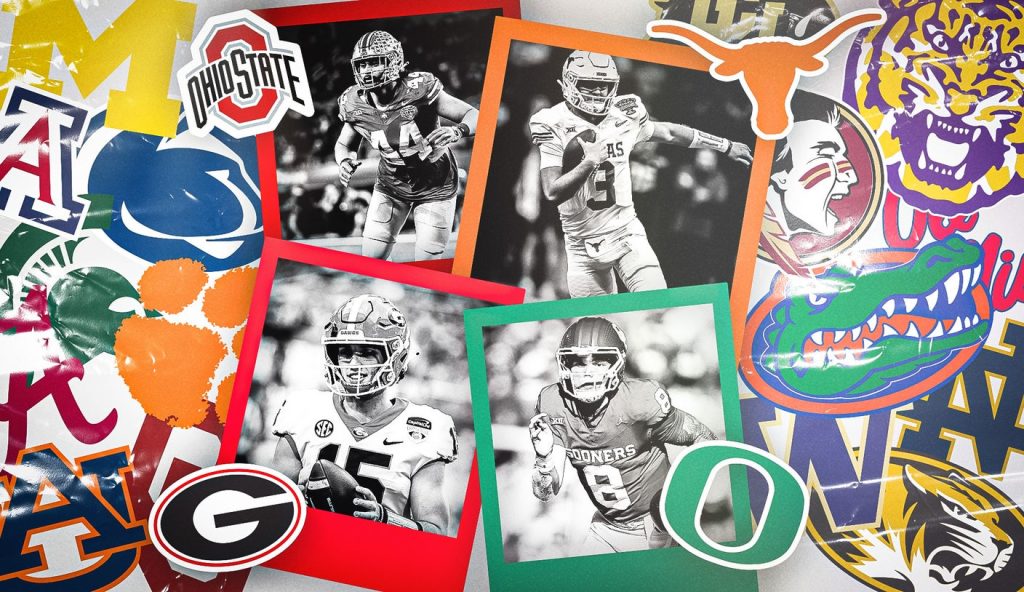A 20-person group called “College Sports Tomorrow” has proposed a college football “super league” that aims to split the FBS into 70 teams, with a relegation system for the bottom 10. While this idea may not create parity, it does offer a new model for revenue generation and sharing in college football. The Premier League in soccer serves as a successful example of a similar system, giving smaller teams hope of competing with larger ones. With the NCAA losing its ability to enforce bylaws due to rulings like Alston vs. NCAA, there is a need for a new model in college football, potentially involving players receiving salaries and forming unions to collectively bargain with TV networks and schools.
However, the practicality of implementing such a super league is limited by existing TV network deals with major conferences like the Big Ten, Big 12, and SEC, running through the early 2030s. With billions of dollars already invested in these agreements, changes in the college football landscape are likely to happen slowly and only when absolutely necessary. The reluctance of stakeholders to change the current status quo, where few are willing to share revenue or renegotiate broadcasting agreements, presents a significant obstacle to the formation of a new league. The financial benefits reaped by individuals within the sport may not align with the need for change or innovation.
Despite the challenges, the sport of college football is evolving, and those who adapt quickly and strategically will likely set the new model for its future. The traditional idea of college football as many have known it is changing, and the landscape of the sport is shifting as players seek compensation for their name, image, and likeness. The idea of a college football super league may not be immediately feasible due to existing contracts and financial interests, but the underlying concept of creating a new model for the sport has merit. The evolving nature of college football, along with external factors like legal rulings and player empowerment, will continue to shape the future of the sport.
In a time when college football is facing existential questions about its identity and governance, the proposal of a super league serves as a potential avenue for innovation and change. The current system, characterized by large TV network deals and limited revenue sharing, may be unsustainable in the face of legal challenges and shifting player demands. While the specifics of a new model for college football are yet to be determined, the need for change is evident. The sport’s stakeholders must navigate the evolving landscape with foresight and adaptability to ensure its continued growth and success in the years to come.


